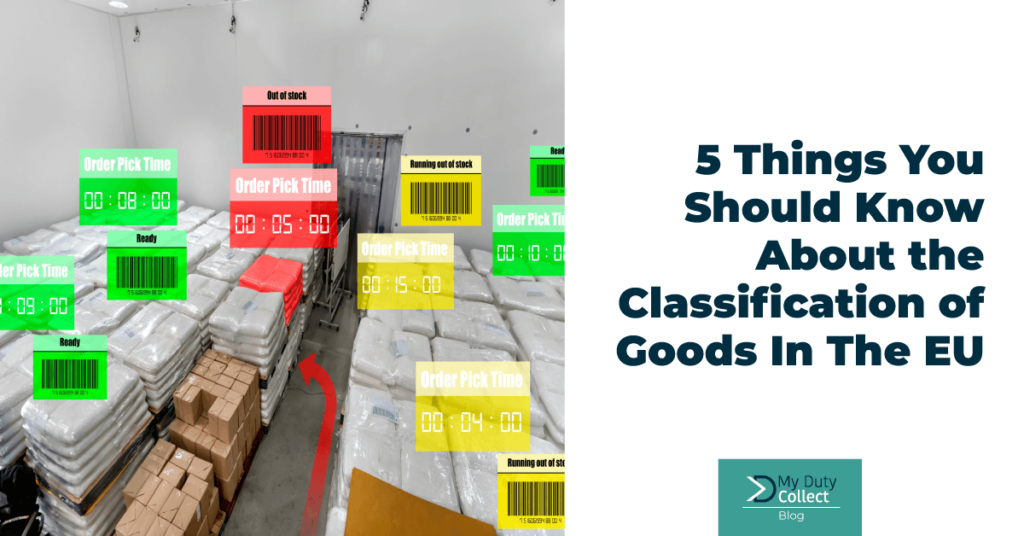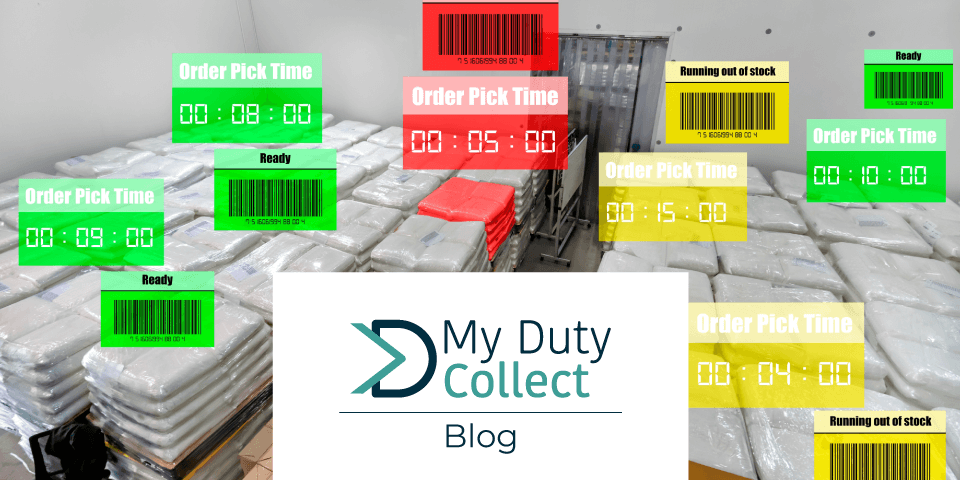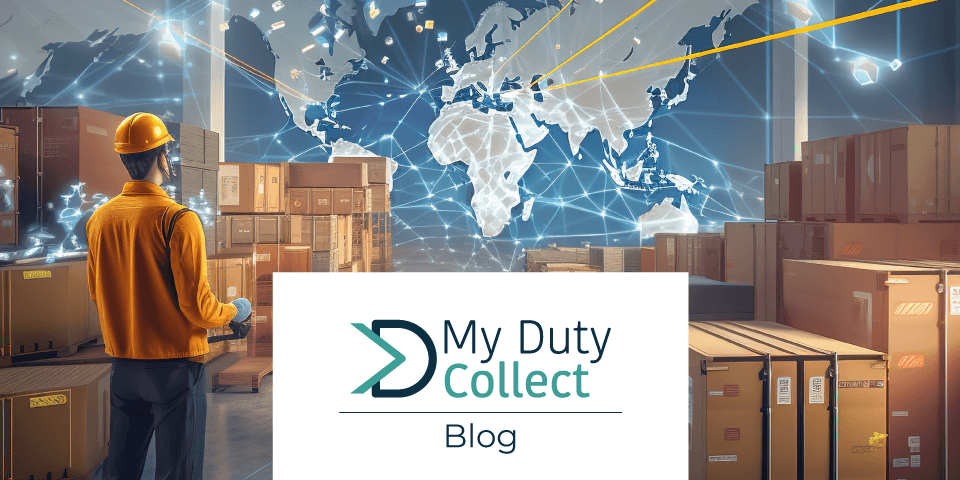Navigating the classification of goods within the European Union (EU) can be a complex task for importers and exporters alike. Understanding the nuances of EU customs regulations is essential for smooth cross-border transactions. Here are five key insights to help you master the classification of goods in the EU:
–
READ MORE: The Importance of Landed Cost Calculation in Supply Chain Decisions
–
1- Harmonized System (HS) Code:
At the heart of EU goods classification lies the Harmonized Commodity Description and Coding System (HS). Developed by the World Customs Organization (WCO), this system employs a 10-digit code structure comprising chapters, headings, and subheadings. Familiarizing yourself with this system is crucial for accurately classifying goods and determining applicable duties and tariffs.
2- Integrated Classification:
The EU employs an integrated classification system that ensures consistency across its 27 member states. This means that goods are classified uniformly, regardless of the country of entry within the EU. This streamlines the customs process and ensures that duty rates remain consistent throughout the EU.
3- VAT Considerations:
Value Added Tax (VAT) rates can vary from one EU member state to another, reflecting differing economic priorities and policies. However, the EU classification system accounts for these variations, providing accurate VAT rates based on commodity codes and destination countries. Understanding these VAT considerations is essential for budgeting and pricing goods effectively.
4- Integrated Tariff (TARIC):
The Integrated Tariff, known as TARIC, serves as a comprehensive database of all trade policies and tariff measures applied to specific goods within the EU. From temporary duty suspensions to antidumping duties and regulations concerning prohibited or restricted goods, TARIC provides valuable insight into the regulatory landscape governing EU trade.
5- Multilingual Support:
Recognizing the linguistic diversity within the EU, the Harmonized System offers commodity descriptions in all official languages of the EU. This multilingual support ensures accessibility and understanding for users across the EU, regardless of their native language. Whether you’re conducting business in English, French, German, or any other EU language, you can navigate the classification of goods with ease.
Mastering the classification of goods within the EU is essential for importers and exporters looking to navigate the complexities of EU customs regulations successfully. By understanding the HS code system, integrated classification, VAT considerations, TARIC database, and multilingual support, you can streamline your operations and ensure compliance with EU trade regulations. Stay informed, stay compliant, and unlock the full potential of the EU market for your business.

Take control of your cross-border compliance with My Duty Collect. Our comprehensive suite of services is designed to help businesses navigate the complexities of international trade rules and regulations. Whether you’re importing or exporting goods, our team is dedicated to ensuring your compliance every step of the way. Utilize our cutting-edge classification tool, equipped with both single and bulk classification features, to achieve high precision and data quality. We can help you streamline your operations and focus on growing your business with confidence. Unlock the power of compliant cross-border trade today.
Schedule a demo with us today to optimize your cross-border trade! Subscribe to our blog and visit our website and LinkedIn page for updates. Reach out at info@mydutycollect.com. We look forward to hearing from you!




